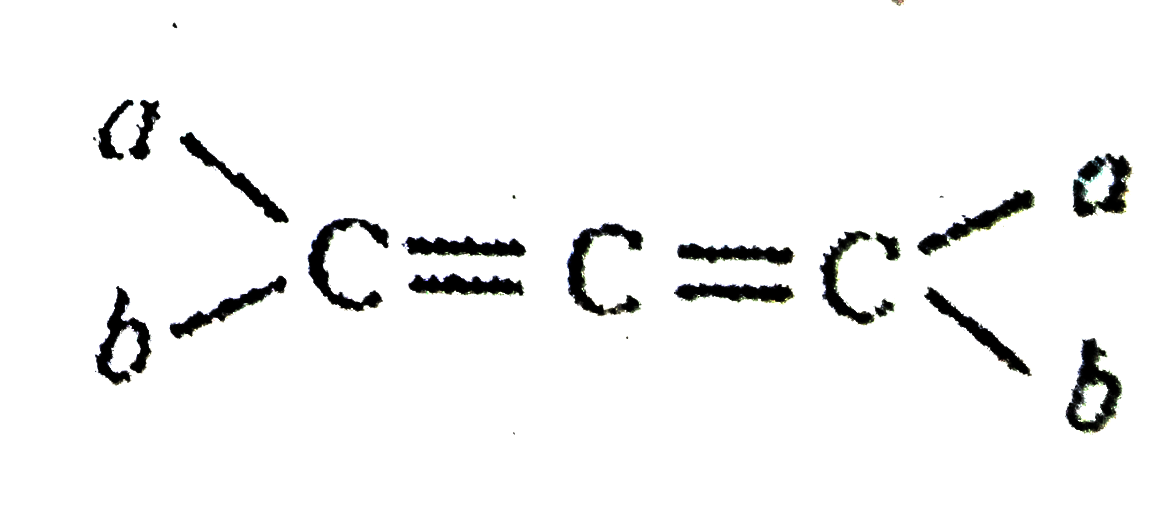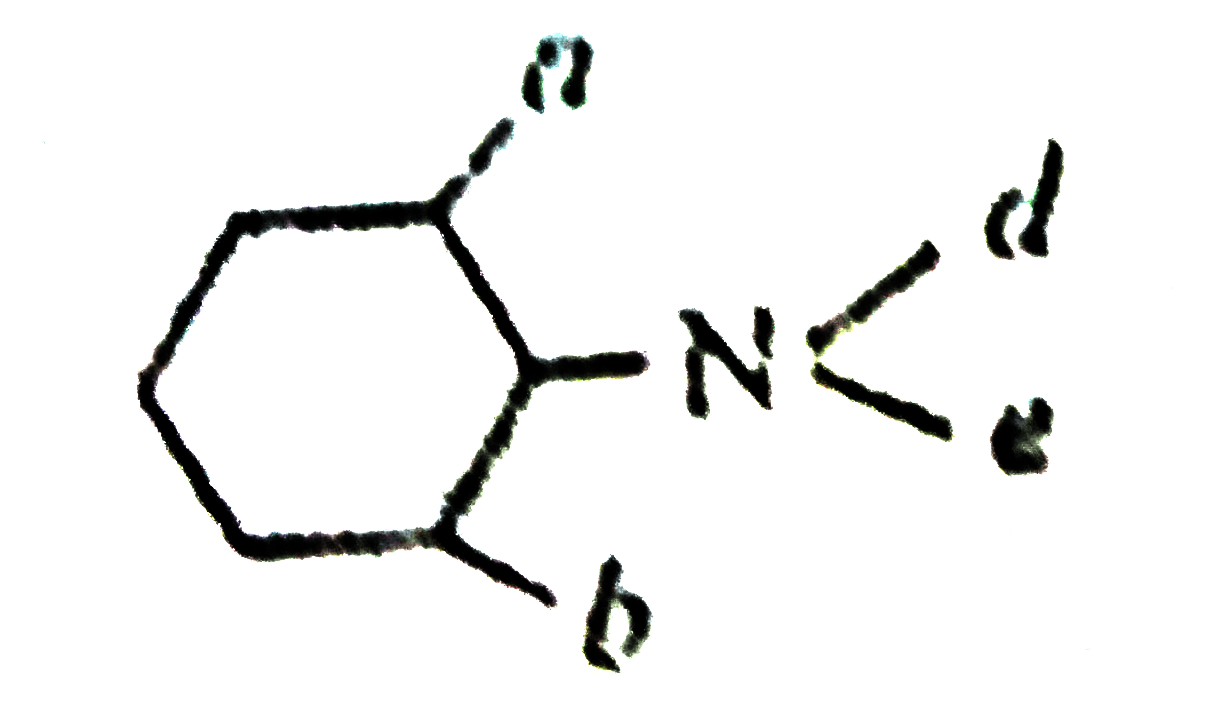In the above question, solution is opticaly inactive when :
A
rt=a
B
rt=0
C
rt=x
D
rt=(a+x)
Text Solution
The correct Answer is:B
|
Topper's Solved these Questions
- CHEMICAL KINETICSBOOK - GRB PUBLICATIONCHAPTER - CHEMICAL KINETICSEXERCISE - F. Effect of Temperature and Catalyst
92 Videos
- CHEMICAL KINETICSBOOK - GRB PUBLICATIONCHAPTER - CHEMICAL KINETICSEXERCISE - Mechanism of Reactions
45 Videos
- CHEMICAL KINETICSBOOK - GRB PUBLICATIONCHAPTER - CHEMICAL KINETICSEXERCISE - D. Methods to Determine the Rate Law
28 Videos
- CHEMICAL BONDING-IBOOK - GRB PUBLICATIONCHAPTER - CHEMICAL BONDING-IEXERCISE - Subjective Type
120 Videos
- COORDINATION COMPOUNDSBOOK - GRB PUBLICATIONCHAPTER - COORDINATION COMPOUNDSEXERCISE - SBJECTIVE TYPE
98 Videos
Similar Questions
Knowledge Check
Which is optically inactive?
A B
B C
C D
D
In above question 37 :
Avelocity of block at O will be maximumBvelocity of block at O will be zeroCvelocity of block at B will be maximumDaverage velocity of the block is zeroIn the above question, the waves are
Alongitudinal wavesBtransverse wavesCcombined longitudinal and transverse wavesDradio waves
In the above question, the magnification is
View SolutionIn the above question, the velocity
View SolutionIn the above question, the magnification is
View SolutionIn the above question the mass of the particle is
View SolutionIn the above question, if the initial capacitance of the capacitor was 2μF, the amount of heat produced when the dielectric is inserted.
View Solution
